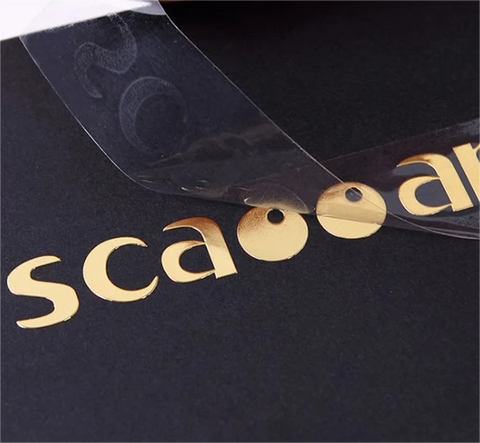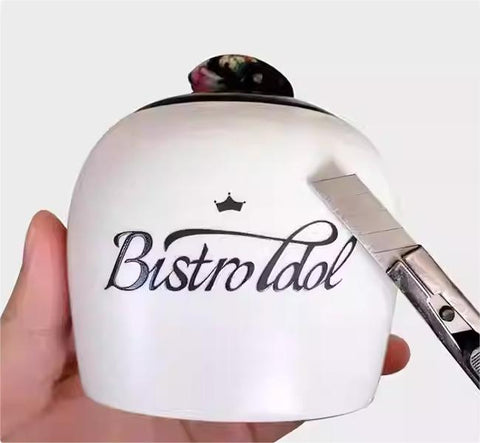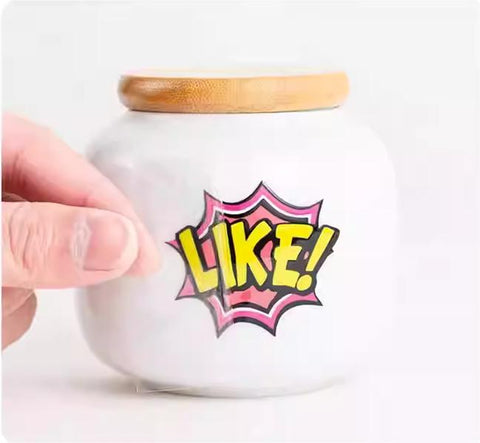
Proper Material Preparation
It is necessary to adequately prepare the substrate surface before beginning a UV film heat transfer job. Verify that the material is dry, clean, and free of any residue or dirt that can interfere with the film's adhesion. To increase adhesion, it can be required to employ a particular cleaning technique or a suitable primer, depending on the substrate.
Optimal Transfer Conditions
With UV films, precise control over temperature, pressure, and processing time is necessary to produce optimal heat transfer results. For information on the best settings for your specific UV film and substrate, consult the manufacturer's recommendations. Ensuring trouble-free and durable heat transfers requires consistent application of these parameters.

Mastering the Weeding Technique
To achieve the best heat transfer outcomes with UV films, exact control over temperature, pressure, and processing time is required. Refer to the manufacturer's guidelines for information on the optimal settings for your particular UV film and substrate. Applying these conditions consistently is necessary to ensure trouble-free and long-lasting heat transfers.
Effective Curing and Post-Processing
Appropriate curing is required to maximize the UV film's lifetime and durability. Follow the manufacturer's directions for the ideal curing times and methods. Additionally, consider any post-treatment techniques, such as applying a protective overlaminate, that can enhance the durability and quality of your UV film heat transfer project.

Exploring Creative Possibilities
After you've grasped the fundamentals, it's time to use UV film heat transfers creatively. UV films can be combined with other creative processes, like screen printing and embroidery, to create fully individualized products. You can experiment with different film textures, colors, and finishes to create eye-catching and distinctive designs.
Through comprehension and implementation of these fundamental applications and methodologies, it is possible to optimize UV film heat transfer's capabilities and elevate customized clothing and product decorating to unprecedented levels. A significant component of personalized clothing and product decorating are UV film heat transfers.









